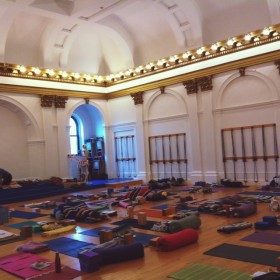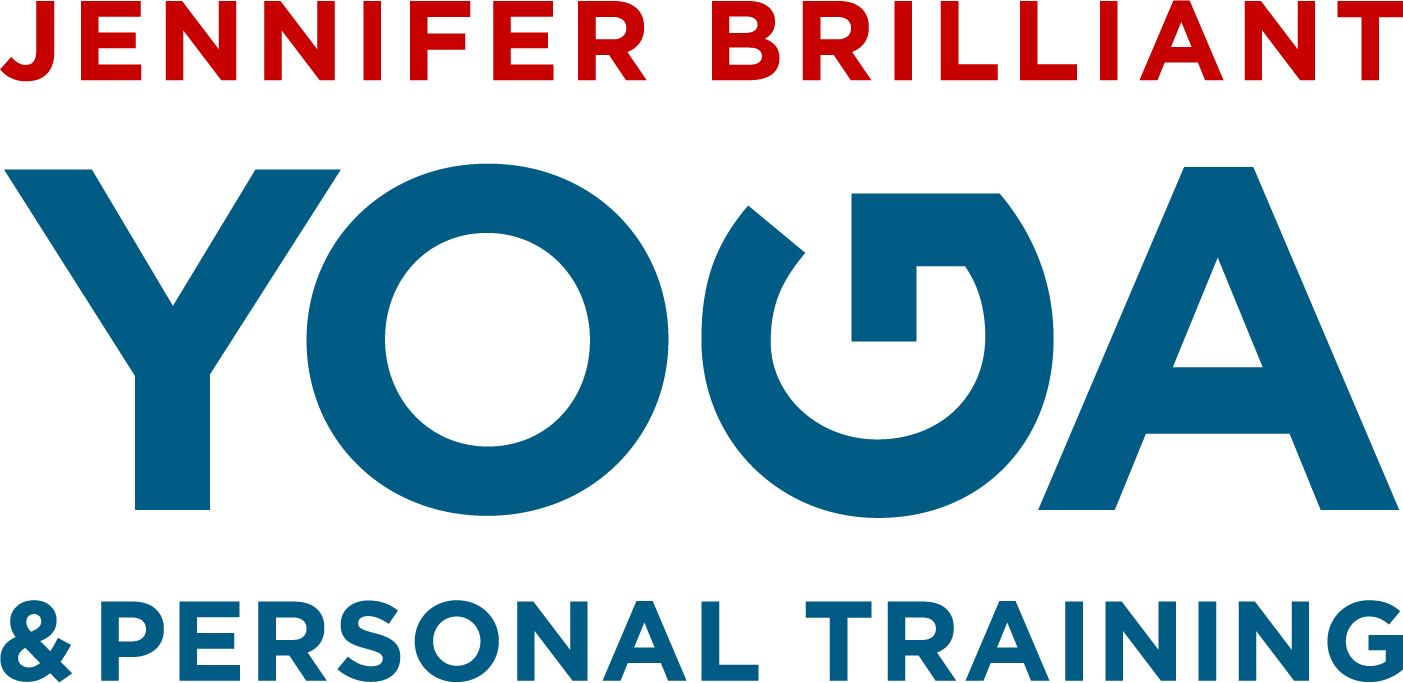Who Teaches Me?
Once a week, regardless of my over-scheduled life, I take my yoga class with Genny Kapuler. It is precious two-hour ritual that feeds and sustains me with knowledge, inspiration and energy. When the stars align just right, I get a rare opportunity to study with other special teachers over the course of a weekend or even a few weeks. The reverberation of influential retreats keeps me motivated for months afterward. This fall, I had a chance to study for a weekend with a master who sits high on my list of Most Important Teachers, the great Ramanand Patel.

Years ago, while I was studying with Rodney Yee, Ramanand’s name came up quite often so I decided to check out Rodney’s esteemed teacher. Since 2000, I’ve studied with Ramanand a number of times. He has been a deeply influential teacher for me.
Ramanand’s own path of yoga began early at the age of 12 with his father’s introduction to him of yoga philosophy and asana. In 1968, Ramanand became a student of BKS Iyengar. He also studies Vedanta philosophy under H.H. Swami Dayananda Saraswati.
This Year’s Class
In October, Ramanand taught a weekend workshop in Northampton, MA at the beautiful Karuna Center for Yoga & Healing Arts with the main topic being Mudra, a symbolic hand gesture, to a full room of yoga teachers who had traveled near and far to be there. Ramanand’s classes tend to extend in a number of directions as he shares abundant insights, philosophy, and deep knowledge about alignment in asana, along with his healthy, unstoppable dose of witticisms.

Ramanand’s class always begins seated in Virasana (Hero’s Pose) for 35 or more minutes. Ramanand sits on the floor with no props at all. I started sitting on one block and then added another block, while others honored their knees by finally opting out of the pose. The first question Ramanand asked us that day was “Why do Yoga?”
His answer: “To find out who I am.”
The 4 Steps
Step 1. Watch — don’t do anything. (Be aware.)
Step 2. Discover unnecessary tension that arises, including secondary tension, especially in eyes, ears and throat. (These first two steps are the nature of consciousness, witness, mirror.)
Step 3. Draw a boundary around this tension and breathe into the boundary. (Don’t let the mind escape; be specific about the boundary.)
Step 4. Remember that problems belong to your body and to your mind but no part of this problem belongs to consciousness. Consciousness has no problem. (The job of the mind in yoga is to remember this fact.)
Ramanand calls this last fourth step “The Big Leap” and I understand why. I am still working out what the concept of consciousness really means.
As I continue on my own personal path, I feel even more grounded in my practice and myself. Many thanks to Ramanand Patel for his guidance.



Thanks for this update, Jennifer. So interesting to get the 4 steps from Ramanand. And it brings back lots of good memories of going with you to trainings from Rodney and Ramanand. Aren’t we lucky? Sending love, Cyndi
Super lucky to be on this path together, Cyndi!
Very beautiful. I appreciate how these teachings create waves and that, in reading this, I can feel waves moving through me. Thank you for sharing about your path of discovery. Love.
Jennifer, I read this: “The first question Ramanand asked us that day was “Why do Yoga?”
His answer: “To find out who I am.” — and I laughed with delight. This is such a lovely and peace-filled article with clear teachings. Thanks for sharing. Much love to you!